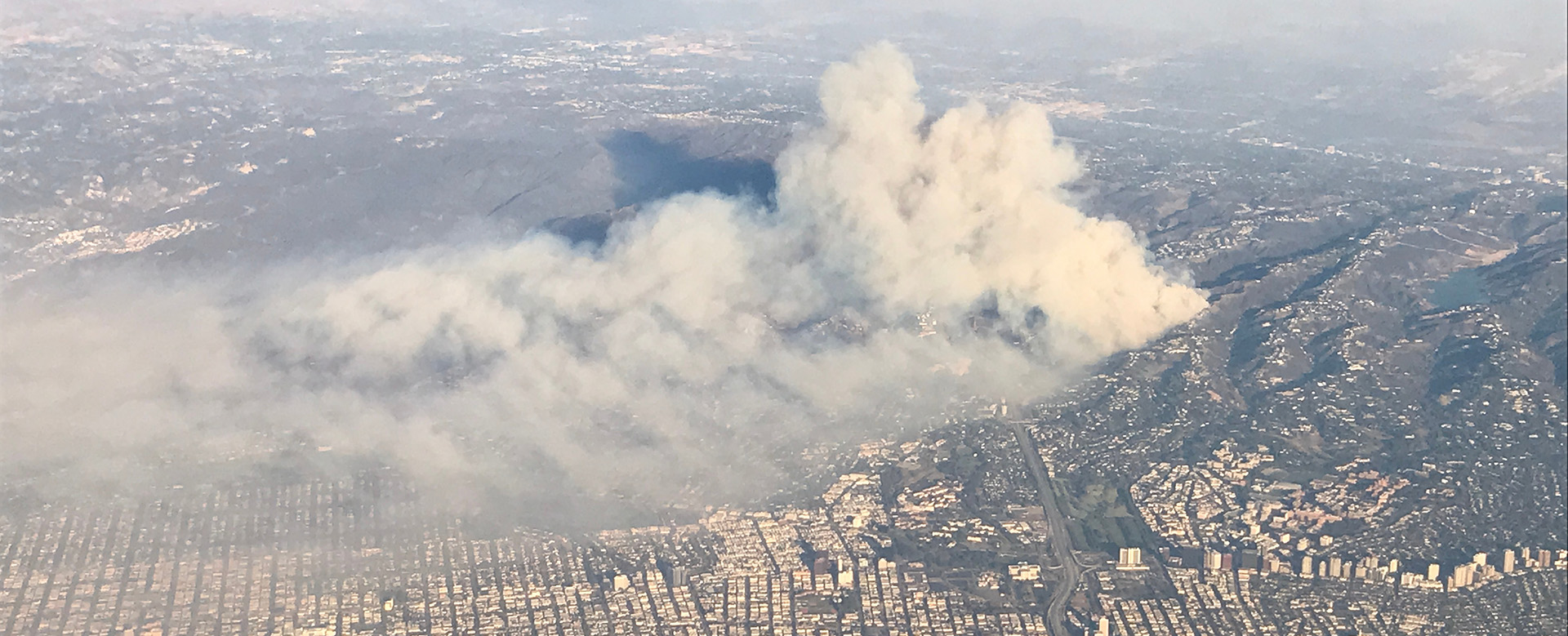
Governor’s Executive Order Misses the Mark: CEQA and the Fires in LA and Ventura Counties
Analysis by CEQA Works Admin
January 20, 2025
Governor Newsom’s Jan. 12 executive order (EO) related to the fires in Los Angeles and Ventura counties misses the mark on CEQA and raises serious questions about state officials’ response to the fires.
First, the Governor’s decision to “suspend” CEQA requirements for the reconstruction of homes and other structures is an unnecessary distraction. CEQA is not standing in the way of people rebuilding their homes and businesses.
Existing CEQA exemptions cover:
- The replacement or reconstruction of existing structures and facilities (Guidelines § 15302),
- The construction of small structures such as single-family homes, duplexes, stores and offices (Guidelines § 15303), and
- Many larger housing projects in infill areas (see, e.g., SB 423).
Unfortunately, the Governor’s “suspension” of CEQA requirements feeds into the false narrative that CEQA has caused, or is exacerbating, California’s housing crisis. CEQA must not be made the scapegoat here: it would not delay or stop the rebuilding of homes destroyed by these fires.
Second, the EO appears to be directing state agencies to look for ways to weaken building codes in LA and Ventura, in order to speed the reconstruction of damaged homes.
Environmental and community groups should keep themselves apprised of these efforts. HCD will be providing reports, every 60 days, on its coordination with local governments to “explor[e] the use of reapproved plans and waivers of certain permitting requirements.” We are concerned that local officials may relax or eliminate regulations that keep people safe and healthy and that protect the environment.
Third, the EO fails to address the most pressing land use questions as Californians look to the future.
Will the state be identifying specific measures to strengthen our built environment and protect communities from wildfires? What are the state’s plans for remediating the extensive damage caused by the fires, such as harm to the region’s water supplies and air quality and pollution from the massive use of flame retardants? Given the expanding threat of climate change, should the state and local governments continue to allow new development to be located in known fire hazard zones? After these devastating fires, our leaders should be laser-focused on addressing land use policy in a manner that prioritizes public health, safety and equity.
